Mastering IT Asset Lifecycle Optimization Without Breaking a Sweat
Mastering IT Asset Lifecycle Optimization Without Breaking a Sweat
In today’s fast-paced digital era, managing IT assets efficiently has become crucial for organizations of all sizes. From acquisition to end-of-life disposal, every step in the
IT asset lifecycle demands attention to detail, strategic planning, and effective execution.
But how can businesses ensure that their assets are not only well-managed but also optimized for performance and cost-effectiveness? This blog post dives into the art of IT asset lifecycle optimization, offering insights and practical tips to make every phase seamless and impactful.
Understanding the IT Asset Lifecycle
The IT asset lifecycle encompasses everything from the initial purchase of equipment to its ultimate disposal. By optimizing this process, businesses can save money, improve efficiency, and enhance security. Understanding the different stages of the asset lifecycle is essential for making informed decisions.
The first phase of the lifecycle is acquisition. This involves selecting the right equipment based on the organization's needs and budget. Poor acquisition decisions can lead to unnecessary costs and inefficiencies down the line. The next phase is deployment, where assets are installed, configured, and made operational. This requires careful planning to ensure minimal disruption to business operations.
Once assets are deployed, the focus shifts to maintenance. Regular updates, repairs, and performance checks extend the life of equipment and minimize downtime. Finally, end-of-life disposal involves safely retiring assets that are no longer useful. This includes data destruction services to protect sensitive information and hardware recycling to minimize environmental impact.
The Importance of Strategic Acquisition
Effective IT asset lifecycle optimization begins with strategic acquisition. This involves identifying the specific needs of your organization and selecting assets that align with those needs. Conducting a thorough assessment helps in making informed purchasing decisions.
Consider factors such as the scalability, compatibility, and total cost of ownership when selecting assets. Investing in high-quality equipment that can adapt to future requirements can reduce long-term costs. Additionally, negotiating favorable terms with vendors can further optimize acquisition.
Utilizing software tools to track and manage asset acquisition enhances decision-making. These tools provide insights into purchasing patterns, vendor performance, and inventory levels. By leveraging data, organizations can streamline acquisition processes and avoid overspending.
Deployment Done Right
Deployment is a critical phase in the IT asset lifecycle that requires careful planning and execution. Proper deployment ensures assets are seamlessly integrated into the organization's infrastructure. This minimizes disruptions and maximizes efficiency.
Create a detailed deployment plan that outlines the steps required to get assets up and running. This plan should include timelines, responsibilities, and contingencies. Collaborating with IT personnel and stakeholders is essential for a smooth deployment process.
Testing equipment before full-scale implementation is crucial to identify potential issues. Addressing any technical glitches early on prevents costly delays. Additionally, providing training to employees on using new equipment enhances productivity and reduces user errors.
Maximizing Asset Utilization
To optimize the IT asset lifecycle, organizations must focus on maximizing asset utilization. Underutilized assets represent wasted resources and missed opportunities. Identifying and addressing underutilization is key to improving efficiency.
Conduct regular audits to assess the utilization rates of your assets. This helps identify bottlenecks and areas for improvement. Redistributing or repurposing underutilized assets ensures they contribute effectively to business operations.
Implementing asset management software provides real-time visibility into asset utilization. These tools track usage patterns, monitor performance, and generate utilization reports. Armed with data-driven insights, organizations can make informed decisions to optimize asset allocation.
The Role of Preventive Maintenance
Preventive maintenance plays a vital role in extending the lifecycle of IT assets. Regular maintenance reduces the risk of unexpected failures and costly repairs. It also keeps assets operating at peak performance.
Establish a preventive maintenance schedule that includes routine inspections, updates, and cleaning. Addressing minor issues promptly prevents them from escalating into major problems. Collaborate with IT staff to ensure maintenance tasks are carried out efficiently.
Leveraging automation tools for maintenance tasks streamlines the process and reduces human error. Automated alerts and notifications remind IT teams of upcoming maintenance activities. This ensures that no scheduled tasks are overlooked, enhancing asset reliability.
Safeguarding Data with Destruction Services
Data security is a top priority during the end-of-life disposal phase. Sensitive information stored on retired assets must be securely destroyed to prevent unauthorized access. Data destruction services ensure that confidential data is permanently removed.
Hard drive shredding services physically destroy storage devices, rendering data irretrievable. Partnering with reputable data shredding services guarantees compliance with data protection regulations. Organizations can rest assured that their information remains secure even after asset disposal.
Documenting the data destruction process provides an audit trail for compliance purposes. This documentation demonstrates adherence to legal and regulatory requirements, safeguarding the organization's reputation.
Recycling and Environmental Responsibility
Responsible IT asset disposal goes beyond data destruction. Recycling hardware components reduces electronic waste and minimizes the environmental impact. Reputable recycling programs adhere to eco-friendly practices, ensuring that materials are disposed of safely.
Evaluate recycling partners to ensure they meet industry standards and certifications. Partnering with environmentally conscious vendors reflects positively on the organization's values and commitment to sustainability.
Promoting sustainability initiatives internally fosters a culture of environmental responsibility. Educating employees about the benefits of recycling encourages participation and reinforces the organization's dedication to making a positive impact on the planet.
Leveraging Hardware Asset Management Services
Hardware asset management services offer comprehensive solutions for optimizing the IT asset lifecycle. These services encompass acquisition, deployment, maintenance, and disposal, providing end-to-end support. Partnering with experts in the field enhances efficiency and reduces the burden on internal teams.
Service providers offer insights and recommendations based on industry best practices. Their expertise ensures that every phase of the asset lifecycle is optimized for performance and cost-effectiveness. This allows organizations to focus on their core objectives without the hassle of asset management.
By outsourcing hardware asset management, organizations gain access to cutting-edge technology and resources. Service providers offer tools and platforms that streamline asset tracking, reporting, and analysis. This empowers organizations to make informed decisions and drive continuous improvement.
Overcoming Challenges and Pitfalls
The path to IT asset lifecycle optimization is not without its challenges. Organizations may encounter hurdles such as budget constraints, resource limitations, and resistance to change. Addressing these challenges proactively is crucial for success.
Developing a clear roadmap with defined goals and objectives guides optimization efforts. This roadmap should include timelines, milestones, and resource allocation. Engaging stakeholders and securing buy-in ensures alignment and support throughout the process.
Leveraging external expertise and partnerships mitigates resource limitations. Collaborating with industry experts provides valuable insights and solutions tailored to the organization's needs. By overcoming challenges, organizations can unlock the full potential of their IT assets.
The Future of IT Asset Lifecycle Optimization
The landscape of IT asset lifecycle optimization is continuously evolving. Advancements in technology, data analytics, and automation are reshaping how organizations manage their assets. Staying ahead of trends and innovations is essential for maintaining a competitive edge.
Emerging technologies such as IoT and AI offer new opportunities for optimization. These technologies provide real-time insights into asset performance and usage patterns. Organizations can leverage this data to drive proactive decision-making and enhance efficiency.
Collaborating with technology partners fosters innovation and accelerates optimization efforts. Engaging with industry thought leaders and attending conferences provides valuable knowledge and networking opportunities. By embracing change and innovation, organizations can shape the future of IT asset lifecycle management.
Conclusion
Optimizing the IT asset lifecycle is a strategic imperative for organizations aiming to thrive in a dynamic business environment. From strategic acquisition to responsible disposal, each phase of the lifecycle presents opportunities for improvement.
By understanding the importance of optimizing the IT asset lifecycle, organizations can enhance efficiency, reduce costs, and drive sustainable growth.
Ready to take control of your IT asset management?
At Data Shredder Corporation in Massachusetts, we understand how crucial it is to destroy sensitive data securely and recycle e-waste. We provide top-notch hard drive data destruction, shredding, and electronics recycling services in Massachusetts, ensuring your peace of mind while benefiting the planet's health.
Your trust is our top priority, and we're dedicated to safeguarding your information with our certified, dependable solutions. Before a security breach even whispers your name, give us a call at(508) 978-5198 or fill out our
contact form.

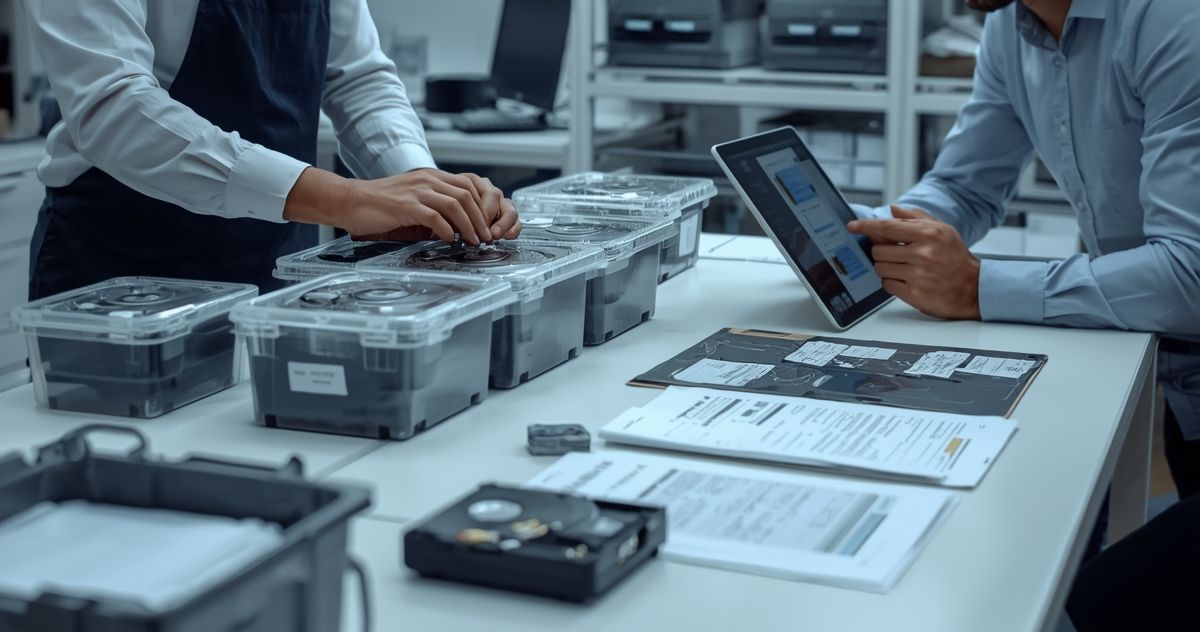

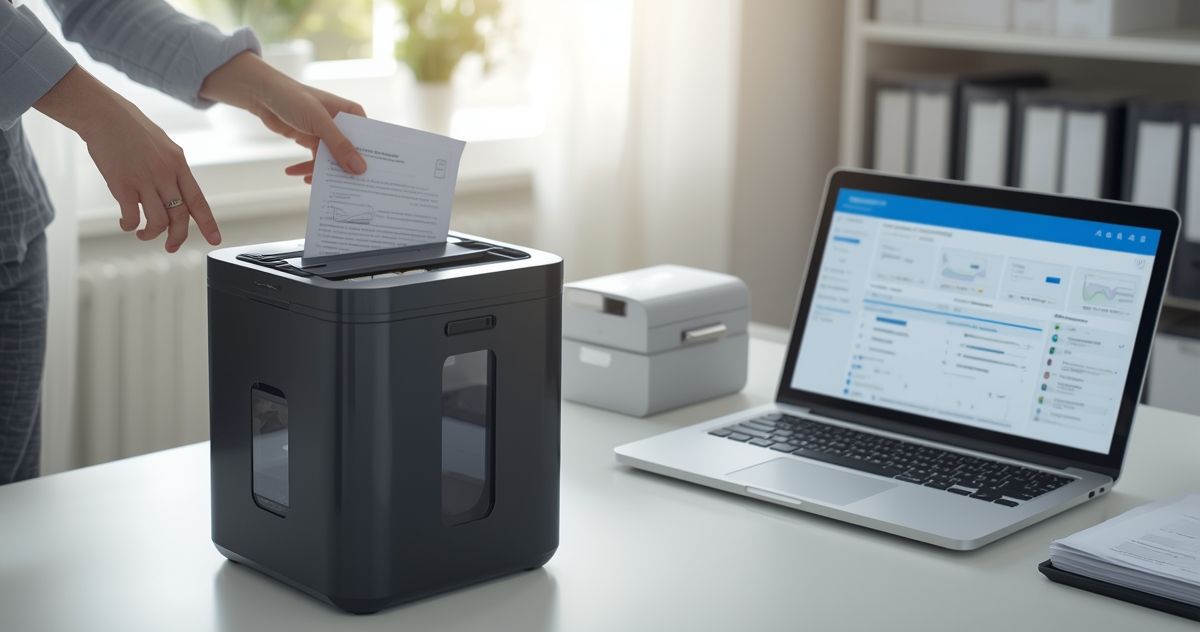
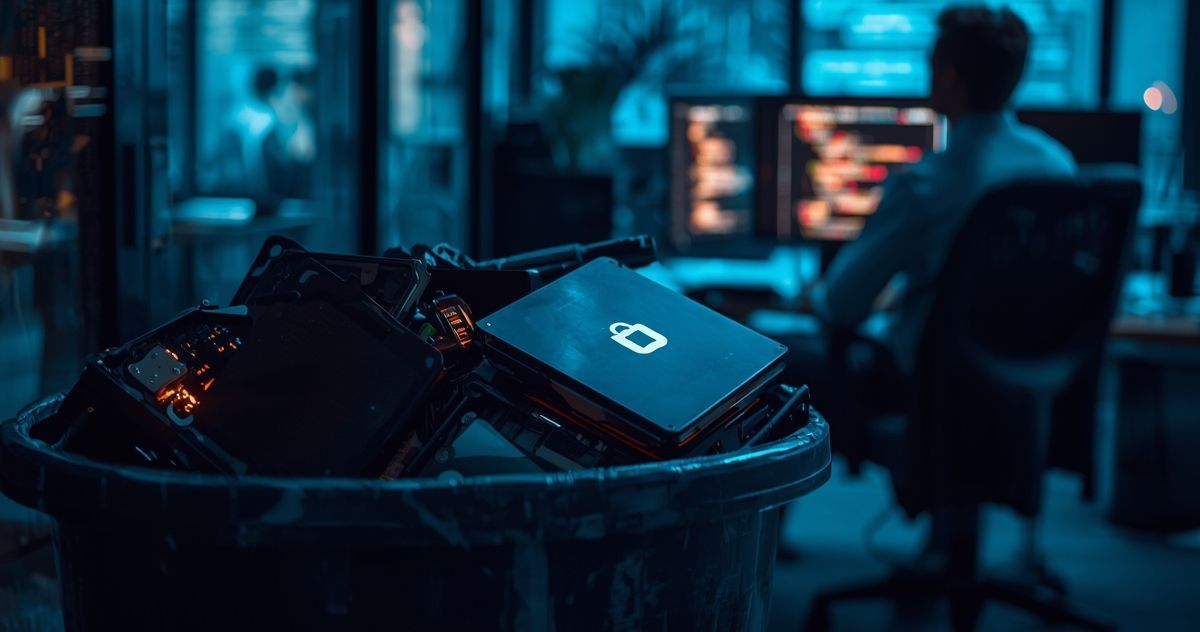
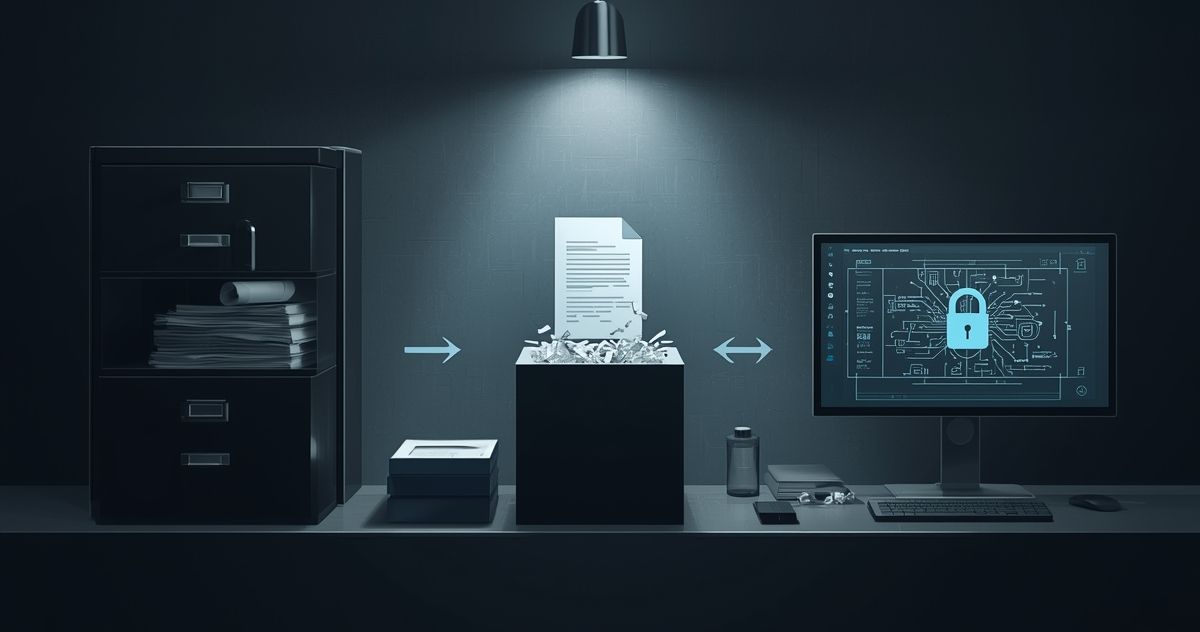

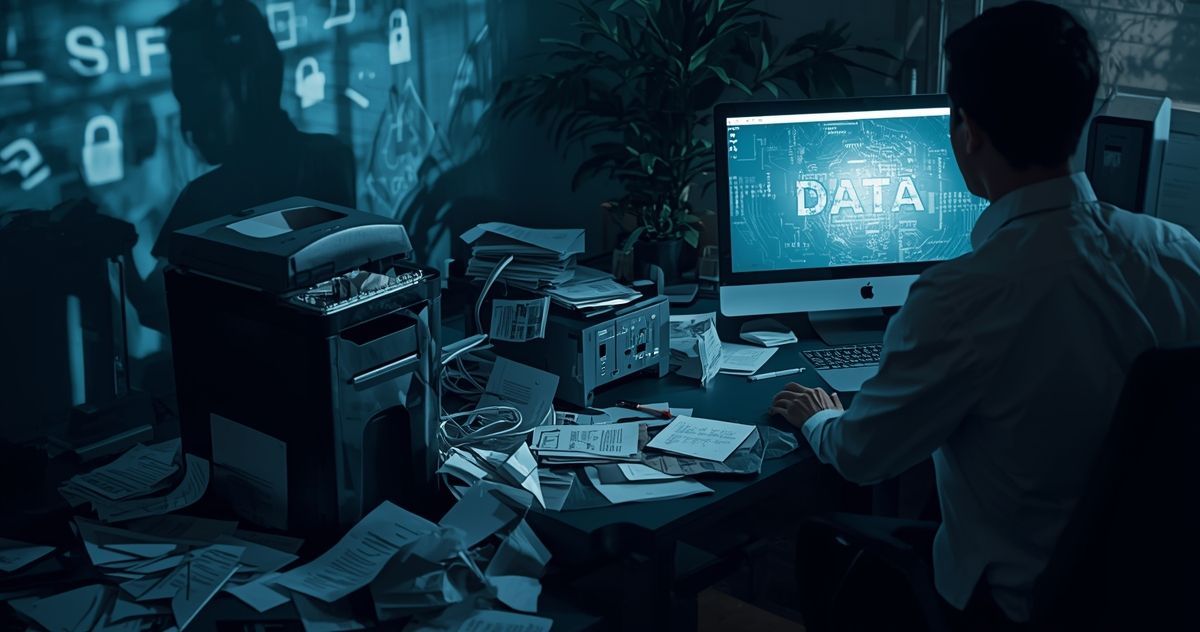

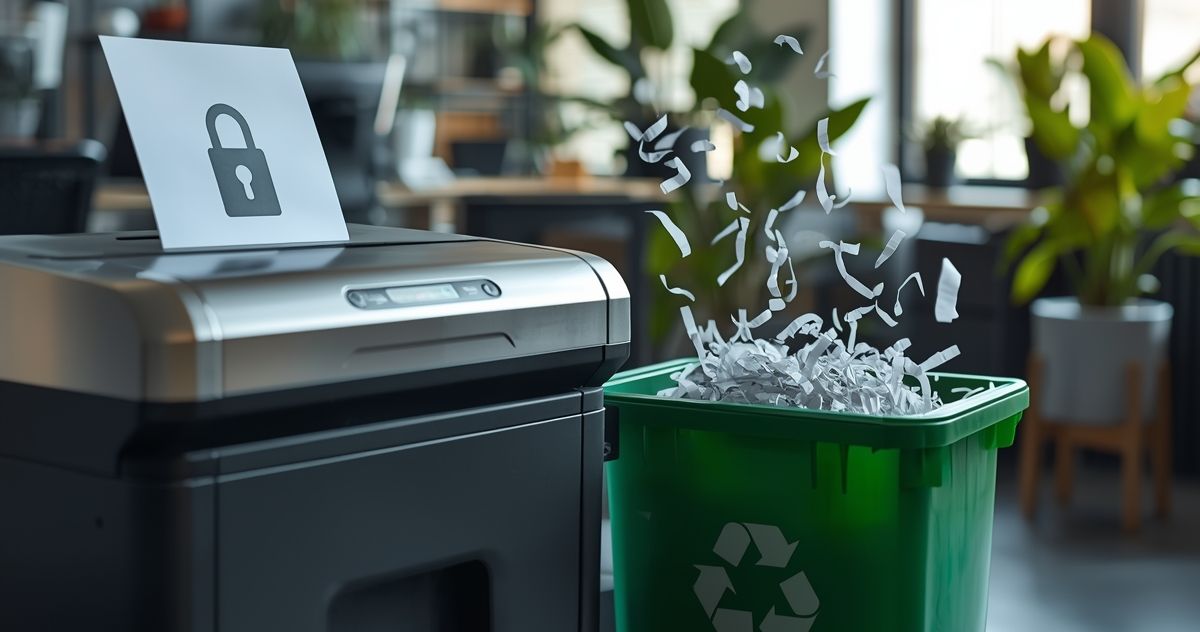

Share On: